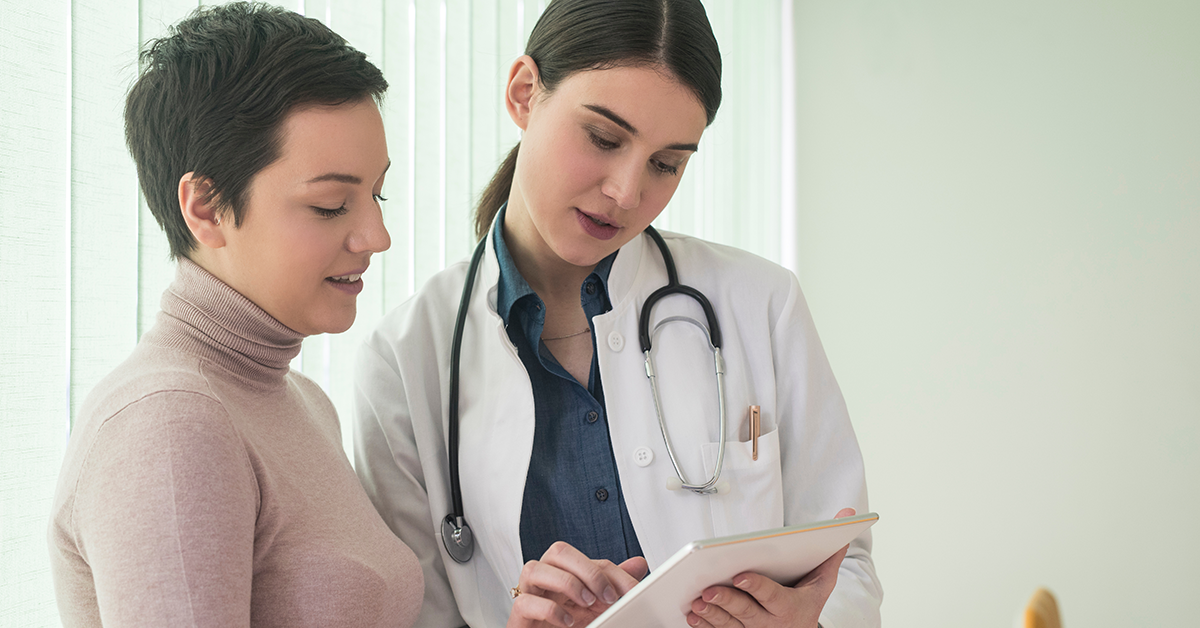
Did you recently discover a lump in your breast? Is your nipple secreting fluid spontaneously or on compression? Such findings can be scary if you have little prior knowledge of breast disorders, most of which are benign and harmless. In this article, we will discuss some common types of breast disorders, causes, and treatments, so you are fully aware when it’s time to call your doctor.
Men and women both have breast tissue. The tissue size depends on hormone levels that cause development and enlargement. Gynecomastia is an example of a male breast disorder where the breast tissue develops excessively. It can present as swollen breasts with lumps and often lasts through puberty. The swelling can resolve on its own once hormonal changes settle down, but you can also have it treated if it causes pain. Some men also have the excessive breast tissue removed surgically or through hormone therapy.
The most common benign breast disorder in women is fibroadenoma that may occur between the age of 15 and 35. They can present as small, firm, marble-like lumps that can move around freely in the breast. They are painless and can either resolve on their own, stay the same size, or enlarge over time.
Women with fibroadenomas are recommended to get regular breast examinations such as mammographies, MRIs, and ultrasounds to keep track of the size and spread of the fibroadenoma. Since this condition is seen with birth control pills, the doctor may recommend a change in your birth control method. If the lump enlarges excessively and becomes uncomfortable, it can be surgically removed.
Fibrocystic changes in the breast tissue are caused by hormonal fluctuations of progesterone and estrogen and are often present in women who bore their first child after 30, have not borne a child, or had an early onset of menstruation. This condition presents as pain, cysts, and dense lumpiness of the breast. Unlike fibroadenomas, these are tender to the touch.
Ultrasonography will be done to determine the nature of the lumps, whether they are solid or cystic. If cystic, fluid will be removed, and the cyst will resolve independently. If the fluid appears murky and the lump remains after aspiration, the fluid will be sampled for cancer cells.
Fat necrosis usually occurs in women with large breasts or due to trauma to the breast (such as an injury or a lumpectomy). It presents as fat tissue that has hardened to form painless, round lumps filled with fluid fat.
These do not raise the risk of breast cancer and therefore do not require treatment but can be surgically removed if your doctor deems the procedure harmless.
An intraductal papilloma is a small growth between the milk ducts near the nipple which may cause nipple discharge. Although the papillomas themselves are benign, these growths are often surgically removed (lumpectomy) since they can increase the risk of breast cancer if five or more papillomas are present in one breast.
Nipple discharge can be physiological or pathological (due to a disorder). Physiological discharge happens upon compression of the breast, mostly bilateral and with a milky, yellow-brown fluid. Pathological discharge is often unilateral and occurs spontaneously (without breast compression). It is a cause of concern when the fluid is bloody and associated with a lump in the breast.
The most common cause of pathologic nipple discharge is intraductal papilloma and mammary duct ectasia.
Mammary duct ectasia thickens and widens the milk ducts, creating a blockade. Fluid has no pathway for release and can get clogged up behind the nipple, causing infection. It presents with nipple discharge, pain, a lump in the ductal area, and possibly an inverted nipple.
This treatment does not increase the risk for breast cancer; therefore, surgical procedures are not required, but antibiotics will be used if the fluid build-up causes bacterial inflammation. No additional treatment is required.
Many factors can account for the onset of benign breast disorders.
The first step to diagnosing any breast disorder is through a physical examination. Priorly, you can perform self-examination if you know what to look out for.
It is important to self-examine regularly so you are familiar with the appearance and feel of your breasts and can report abnormalities accurately to your doctor. If you have a fibrocystic disease or fibroid breasts, it may be normal for you to find lumpiness, which is harmless. However, this general lumpiness may make cancerous lumps harder to find, so you must be aware of your normal breast anatomy through regular self-exams and check-ups.
When an abnormal lump is detected, your doctor may order mammography to determine the nature of the disorder and provide a prognosis.
Antibiotics can be used to treat breast infections. If you have a cyst, the doctor may perform a fine-needle aspiration to extract the fluid from the cyst. If noncancerous, the cyst will go away once the fluid is removed. However, if the fluid is bloody or cloudy, it must be examined for cancer cells.
Most lumps, such as fibroadenomas or benign breast disease, are harmless and require no treatment. If the lump is detected to be cancerous, the following courses of treatment may be followed:
See Also: Women’s Health Issues: An Overview
9 out of 10 women show benign breast tissue changes, and 60-80% of all breast masses are benign. So, there is no need to panic if you find one during your breast examination. If you experience nipple discharge or any other abnormality, refer to your doctor soon to determine the nature and reason for the condition.